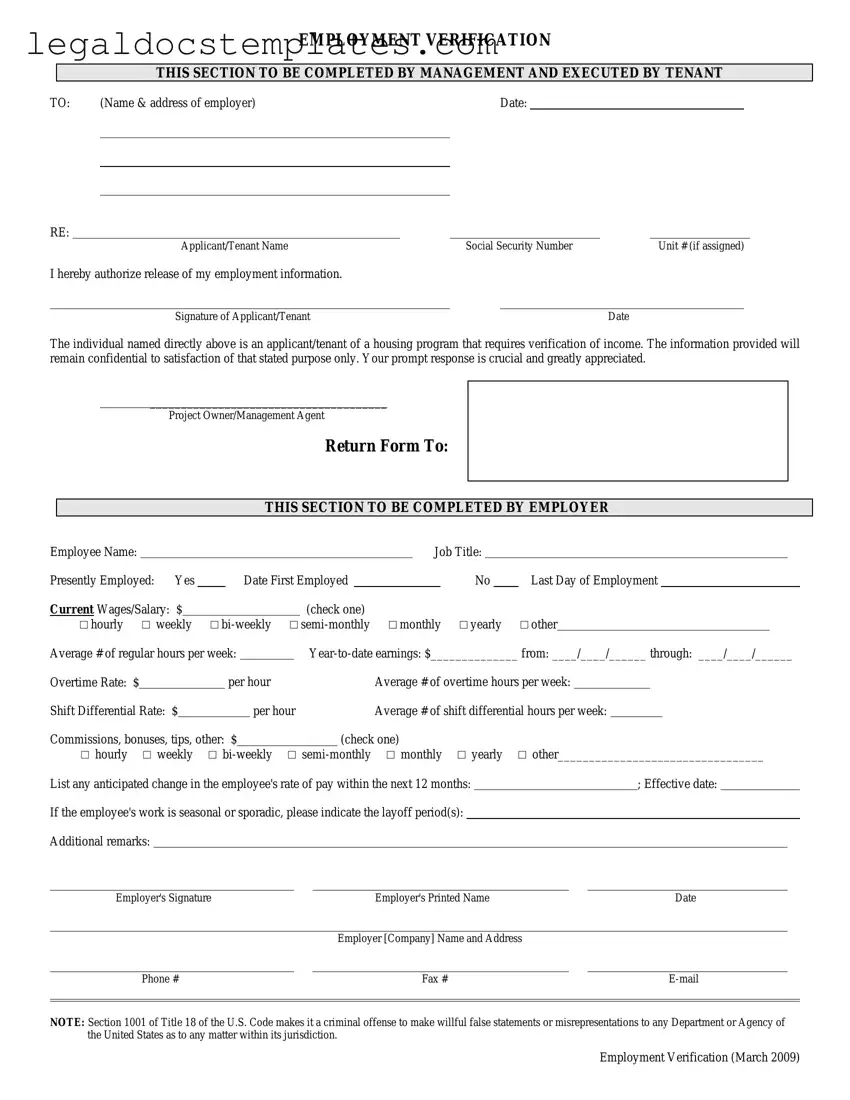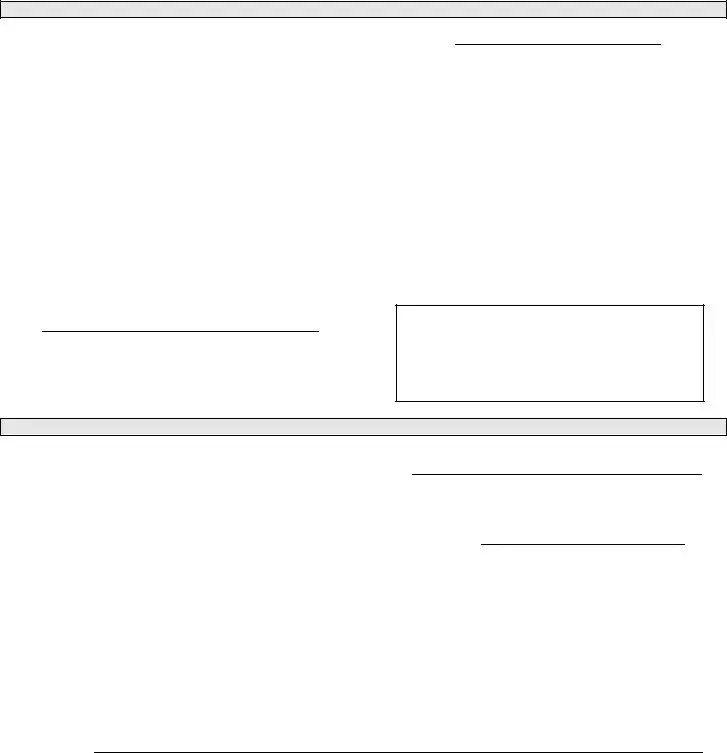The W-4 Form, often filled out by employees when they start a new job, has similarities to the Employment Verification Form. Both serve crucial roles in the employment process. The W-4, specifically, collects information on an employee's tax status, including dependents and additional income, which impacts tax withholding. Like the Employment Verification Form, it ensures that employers gather necessary information at the start of employment, though the specifics they cover differ.
Another document akin to the Employment Verification Form is the I-9 Form. This document is essential for verifying the legal authorization of an employee to work in the United States. Both forms are integral to the hiring process, ensuring compliance with federal laws. The I-9, in particular, requires documentation that proves identity and employment authorization, highlighting its role in maintaining lawful employment practices.
The offer letter, commonly issued by employers to prospective employees, also shares traits with the Employment Verification Form. While the offer letter communicates the terms of employment, including position, compensation, and start date, it serves as a precursor to formal employment verification and collection of relevant documents. Both play critical roles in transitioning candidates from applicants to employees.
References check forms are used by employers to gather insights on a candidate's past work experience and performance. Though their primary function diverges from the Employment Verification Form, which confirms current or future employment, both are used to vet candidates. Reference checks add depth to the understanding of a candidate's background, complementing the factual employment verification process.
Background check authorization forms are another related document. These forms seek an applicant's consent for the employer to conduct background checks, including criminal history, credit history, and past employment verification. While it focuses on broader information, the intent meshes with that of the Employment Verification Form -- ensuring the suitability of a candidate for employment.
Finally, the Non-Disclosure Agreement (NDA) shares a connection with the Employment Verification Form through its role in safeguarding sensitive information. While the NDA is specifically designed to prevent the disclosure of proprietary information, its execution at the onset of employment parallels the timing of employment verification. Both documents are critical to establishing the terms under which employment or potential employment is conducted.

